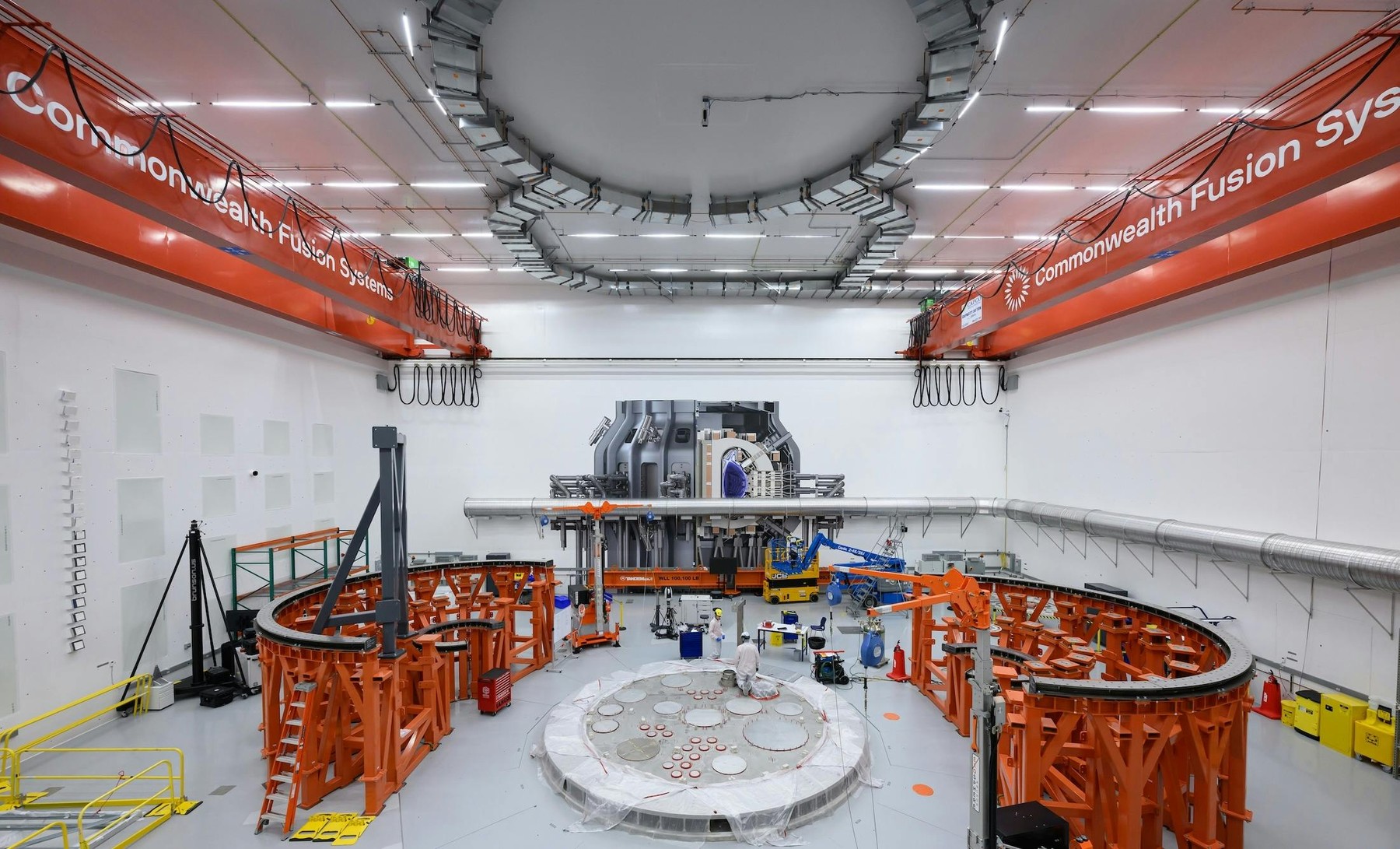A fireside chat with the Climate Insider and Charlie Tan, CEO of the Global Impact Coalition
The chemical industry stands at a critical crossroads.
Responsible for about 6% of global greenhouse gas emissions, the industry faces an urgent need to transition toward a net-zero future. This transformation goes beyond adopting new technologies—it demands a fundamental shift in how the industry collaborates and innovates. Leading this change is the Global Impact Coalition (GIC), an initiative that’s redefining the industry’s approach to sustainability through unprecedented collaboration and scaling-up technological advancements.
Charlie Tan, CEO of the Global Impact Coalition, envisions a future where competitors become collaborators in the face of climate change. “The necessary transformation isn’t achievable through individual efforts alone,” Tan emphasizes. “Collaboration is key to both accelerating this transition and reshaping the sector.”
Born from a chemical industry initiative at the World Economic Forum, the GIC emerged as a response to a stark reality: at the current pace of emissions, the industry would exceed its carbon budget by 2029, making it impossible to stay within the 1.5°C warming target.

This urgency spurred industry leaders into action, recognizing their collective responsibility to accelerate the shift towards net-zero emissions and a circular economy.
The GIC’s approach is revolutionary in its simplicity. By creating a collaborative space for companies to exchange ideas on new technologies and business models, it fosters trust among participants—a crucial ingredient often lacking in competitive industries. “This unique framework took time to establish and is highly valued by both current and prospective members,” Tan notes.
The GIC isn’t just a forum for discussion—it’s a catalyst for action. The coalition’s primary focus is developing concrete “steel-in-the-ground” pilots and advancing critical technologies.
Through a structured ideation process, the GIC identifies global impact topics, pinpoints high-impact projects, and establishes working groups to transform these ideas into real-world pilots. This approach ensures that concepts move beyond the theoretical stage and become tangible solutions. The success of this model in driving emissions reduction in the chemical industry provides a compelling blueprint for other sectors seeking to accelerate their own sustainability transformations.
A prime example of the GIC’s innovative solutions is the Pyrolysis Oil Supply Upgrade project. “Using pyrolysis oil instead of virgin fossil feedstock can reduce CO2 emissions by up to 375,000 tonnes in plastics production,” Tan explains. By helping scale up pyrolysis to treat plastic waste, the chemical industry can reduce its dependence on fossil materials while significantly cutting emissions. This demonstrates the power of circular economy principles in practice.
GIC members are also exploring new technologies to reduce the industry’s reliance on fossil fuels for energy in the production process.
“Traditionally, chemical production is energy-intensive, relying on high temperatures in ‘cracker’ furnaces to break down chemical molecules,” Tan elaborates. “A viable alternative two of our members are developing is an e-furnace that can use renewable energy instead of fossil fuels.” This shift to renewable energy in chemical production holds the potential to drive material reductions in the industry’s carbon footprint.
Moreover, GIC is exploring cutting-edge “direct conversion” technologies.
“We’re investigating the feasibility of converting plastic waste directly into C2+ monomers,” Tan shares. “This process bypasses conventional gasification routes, offering a more efficient, lower-emission, and cost-effective method to transform waste plastics into C2+ compounds in a single step.” Such innovations showcase how collaborative efforts can lead to transformative solutions that address multiple challenges simultaneously.
The GIC’s impact extends beyond individual projects. By uniting players across the value chain—from chemicals and plastics to waste management—it’s forging a truly global coalition. This diverse membership, spanning Europe, the Middle East, Turkey, East Asia, and the US, ensures that solutions are developed with a worldwide perspective.
The coalition’s collaborative model aims to accelerate the deployment of new technologies and shorten the learning curve for the low-carbon transition. “We hold quarterly in-person ideation sessions, with working groups meeting weekly to drive progress, alongside bi-monthly sprint sessions to advance projects rapidly,” Tan explains.
This high-intensity approach, combined with top-level leadership—the Advisory Board is chaired by CEOs and the Executive Committee comprises C-suite executives—ensures that projects receive the necessary resources and attention to operate with agility.
Looking ahead, Tan envisions a transformed industry.
“In a decade, the chemical sector will be dramatically different,” he predicts. This future encompasses stricter regulations, surging demand for low-carbon alternatives, more circular products, and the emergence of new global players. Companies wholeheartedly committed to sustainability will lead the pack, with a marked increase in joint ventures and collaborations spanning the industry and value chain.
However, this transformation is not guaranteed. “We are embarking on a journey of defossilization and carbon emission reduction that will entirely transform the chemical industry, and we need to move faster,” Tan urges.
His message to industry leaders is clear: the challenges are too vast for any single company to solve alone—necessitating collaboration to accelerate the scale-up and commercialization of the most promising technologies.
As the chemical industry grapples with its role in climate change, initiatives like the Global Impact Coalition offer a blueprint for collective action.
By fostering collaboration, driving innovation in areas like plastic waste recycling and direct conversion technologies, and focusing on tangible results, the GIC is not just envisioning a sustainable future for the chemical industry – it’s actively creating it.
The question now is not whether the industry will transform, but how quickly it can embrace this collaborative model to meet the urgent demands of our changing climate.








